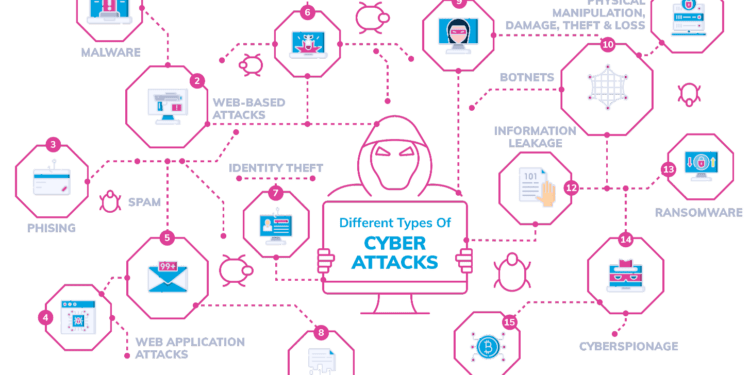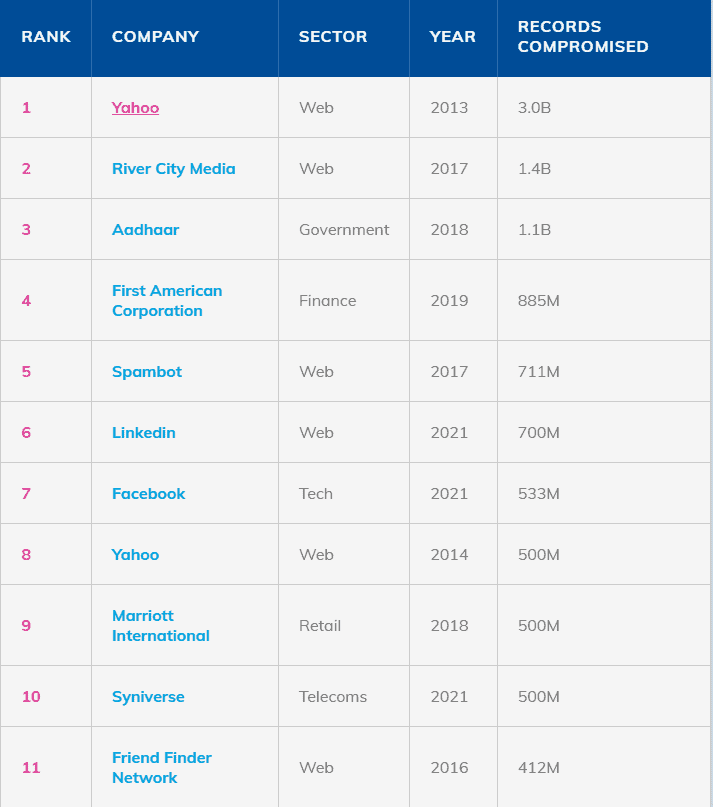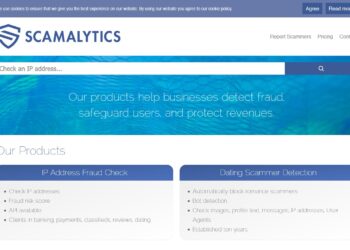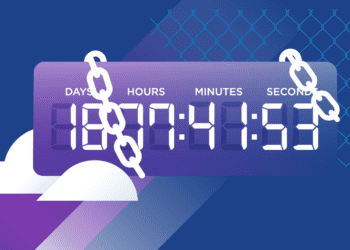A cyber-attack or data breach can have seriously disastrous results for any business. Experts believe that by 2025, the estimated damage from cybercrime will cost over $10 trillion around the world. Given the serious statistics surrounding cybercrime and attacks, companies of all sizes are advised to make data security a top priority.
Cyber-attacks have been on the rise for several years now, threatening to take businesses down and cause serious disruption to sales, profitability, and business survival. It’s crucial for all organisations to invest in strong cybersecurity defence to mitigate and prepare for these attacks. Today, the attack landscape is constantly evolving, particularly as the remote workforce continues to expand.
Threats such as malware, ransomware, and phishing require not only your IT team, but everybody in your business to be vigilant. It’s worth partnering with an experienced cybersecurity company to implement and enforce firm and updated cybersecurity protocols.
Below are some of the most common types of cyberattacks that are wreaking havoc for businesses around the world.
Ransomware
When you look at cyber attacks statistics, you can see that ransomware is a huge problem for businesses of all sizes and in all locations around the world today. Ransomware is a form of malware with the main aim of encrypting data. Hackers then request a ransom to release your data back to you, through an unlock code that they promise to provide when the ransom is paid. Most ransomware will enter your business through links in malicious emails, and there is no guarantee that you will actually get access to your data after paying the ransom. Most companies that fall victim to this cyberattack will never fully recover their data.
Phishing
Phishing attacks are a form of social engineering that tend to come in the form of fraudulent emails, texts, websites and other messages that trick victims into providing sensitive information. Phishing emails might request information such as login credentials, passwords, bank account information, and credit card information, all while posing as a trusted company or individual in order to fool victims into willingly providing the information. Along with this, phishing emails may also have other malware and viruses embedded within them. Around one in every one hundred emails contains a phishing attack, which is why training on how to spot and deal with them is crucial for every organisation.
DDoS Attacks
A Distributed Denial of Services (DDoS) attack is a type of cyberattack that bombards your network with a huge number of invalid requests. As a result of this attack, the target system is overloaded. This temporarily disables the system from being able to process legitimate requests.
Hacking
A hacking attack occurs when a cybercriminal is able to gain unauthorised access to your business’s IT systems. Most of the time, hackers will come from outside of your network. Once they have infiltrated and gotten access to the network, they will be able to steal your data and perhaps other business assets. Most of the time, hackers get access to networks with the main aim of gaining access to or stealing intellectual property or sensitive financial information. Often, hackers will trick employees into providing login credentials that ultimately allow them to hack the network using social engineering tactics.
Man in the Middle
A man in the middle (MitM) attack happens when the communications between two different parties are intercepted by a cybercriminal. Hackers achieve this by secretly eavesdropping on conversations or modifying traffic between the two communicating parties. Attacks can be used for various reasons including sabotaging communications, hijacking login credentials, corrupting data, or spying on the target to gain further information.
Insider Threats
Insider threats are on the rise when it comes to cybersecurity. However, not all of them are deliberate or malicious. Since employees are human, they might sometimes make mistakes that turn out to be more serious than they first realised, such as accidentally leaking critical data or falling foul of a phishing attempt. To prevent insider threats, the best thing that your business can do is ensure that all employees are provided with regular training and education on cybersecurity.
Cybercrime threats are on the rise, and one attack can bring a business to the ground. Understanding some of the most common attacks, what they look like, and how to protect your business from them is crucial.







